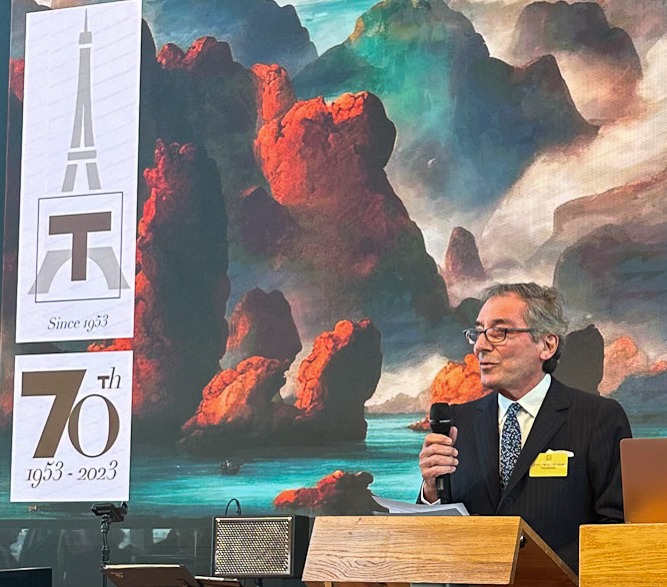Jean-Pierre Adamian, Transamine S.A.
With approximately 20 million tons of copper per year produced from mines around the globe and 5 million tons from scrap as copper is one of the most recycled of all metals
Copper is a very versatile metal essential for power cables used in electric vehicles, home appliances, construction, and industry. The need for infrastructures in power distribution is making copper the strategic metal of our energy transition which will create a boom in demand to secure volumes and higher competition in exploration companies with the addition of new players in mining projects like car manufacturers and even governments.
Mining companies are working to produce copper concentrate that is then smelted and refined to produce copper for industry. Specific to the price mechanism, the copper concentrates trade price between mining companies and smelters around the world during the last quarter of each calendar year, is used to define a benchmark price for the following year which will be the settlement price for 70 to 80 % of the period’s activity, the balance are known as spot contracts.
The main functions of merchants are to absorb the market price differences between countries or continents, to bring and distribute the right quality material and to deliver in a precise time, and to minimize the smelters’ cash flow needs and associated costs. In addition, merchants must consistently secure product sourcing as well as manage risks, optimize revenues, and reduce costs related to operations. Merchants can organize financing to allow medium size mining companies to buy additional equipment and infrastructure to enhance production which in turn will be delivered to them.
Blending is critical. Blending various copper qualities to satisfy the limit of impurities imposed by the smelters is essential. As an example, copper concentrates containing too much lead and zinc will be blended with another quality containing no lead, the resulting acceptable product is then able to be shipped to most copper smelters.
Specific to financing, traders also finance copper thanks to the London Metal Exchange which has a Cash and 3-month quotation market, when price structure is in contango, the financing of the cargo is reduced by the amount of the contango premium.
Trading activity in copper is not speculative with most traders hedging every possible transaction element to reduce risks even if it is not possible to fully eliminate them all and must always be reactive to adapt and anticipate the challenges of a fast-moving environment.
Geopolitics has always been an important factor in trading, but it is getting more and more important, operating on a global basis, merchants must adapt and find solutions.
One example is the recent freight disruptions due to Red Sea attacks and Panama Canal congestion forcing many product flows to be reshuffled; a cargo from the Far East initially destined for a European client will instead be delivered in the Middle East or India avoiding the Red Sea and simultaneously replaced by another cargo of similar quality coming from Africa. By doing so, merchants can avoid the incremental time and financing of 45 days implied by a shipment re-routing around the Cape of Good Hope.
